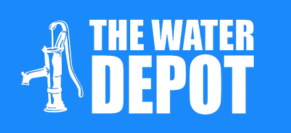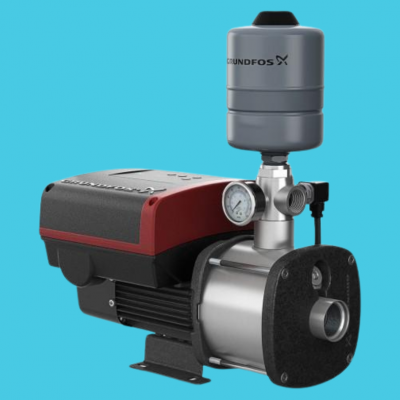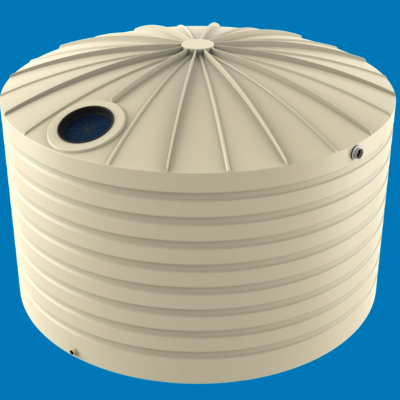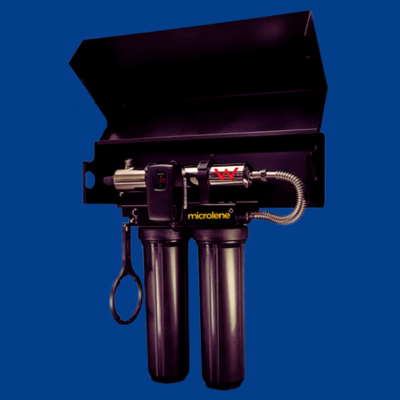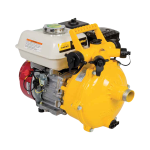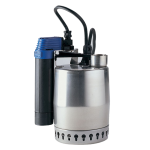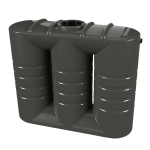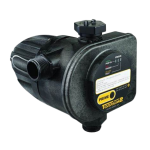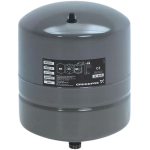PUMPS
Premium quality pumps built tough for Australian conditions. Pump pumps, fire fighters, household and more.
RAINWATER TANKS
Our range of tanks are extensive! Rainwater tanks are ideal for harvesting, farm systems, fire fighting and more.
FILTRATION
Whole house systems, replacement filters and parts. Everything you need for safe, clean and great tasting water.
The Water Depot
The Water Depot has 4 generations of experience in the Water Industry. We strive to provide the best products at the best prices. Our suppliers include Davey, DAB, Puretec, Microlene and Bushman Tanks.
We are South Australia based and have delivered to every corner of the country – New South Wales, Victoria, Western Austalia, Tasmania, Northern Territory, Queensland and the ACT. We use only the best freight partners to ensure your order arrives at your door safely.
The Water Depot is one of Australia’s leading suppliers of Rainwater Tanks, Filtration and Pumps. Our expert team can make sure you get the right product for your application, so if you need help, please get in touch via our Contact Page.

Pump Sizing 101
Choosing the correct pump for your application involves considering several factors to ensure efficiency, reliability, and cost-effectiveness. Here’s a step-by-step guide to help you make the right choice:
1. Determine the Application Requirements
– Flow Rate (Q): The volume of fluid to be pumped per unit of time (e.g., gallons per minute, litres per minute).
– Total Head (H): The height to which the fluid needs to be lifted plus losses due to friction in the system.
– Fluid Properties: Type of fluid (water, oil, slurry), viscosity, temperature, and any corrosive or abrasive properties.
– System Configuration: Piping layout, distances, elevations, and any special conditions (e.g., suction lift, closed systems).
2. Identify the Type of Pump
– Centrifugal Pumps: Suitable for low-viscosity fluids, high flow rates, and moderate head applications.
– Positive Displacement Pumps: Good for high-viscosity fluids, precise flow rates, and high-pressure applications.
– Submersible Pumps: Ideal for applications where the pump needs to be submerged in the fluid.
– Diaphragm Pumps: Useful for handling corrosive, abrasive, or viscous fluids.
3.*Match Pump Performance to Requirements
– Pump Curves: Check the pump performance curves provided by manufacturers to ensure the pump can meet the required flow rate and head.
– Efficiency: Choose a pump that operates near its Best Efficiency Point (BEP) for energy savings and longevity.
– Net Positive Suction Head (NPSH): Ensure the pump’s NPSH required (NPSHr) is less than the NPSH available (NPSHa) in your system to avoid cavitation.
4. Consider Material Compatibility
– Construction Materials: Choose materials that are compatible with the fluid being pumped to prevent corrosion, erosion, or chemical reactions.
– Seals and Gaskets: Ensure seals and gaskets are appropriate for the fluid’s properties.
5. Evaluate Operating Conditions
– Intermittent vs. Continuous Operation: Ensure the pump can handle the required duty cycle.
– Environmental Conditions: Consider temperature extremes, humidity, and exposure to the elements.
– Power Supply: Verify the availability and type of power source (electric, diesel, etc.).
6. Factor in Maintenance and Reliability
– Ease of Maintenance: Choose a pump with readily available parts and straightforward maintenance procedures.
– Durability and Lifespan: Look for pumps with a good track record for reliability and durability.
– Manufacturer Support: Ensure there is good technical support and after-sales service from the manufacturer.
7. Cost Considerations
– Initial Cost: Compare the initial purchase price of different pumps.
– Operating Costs: Factor in energy consumption, maintenance costs, and potential downtime.
– Total Cost of Ownership: Consider the overall cost over the pump’s expected lifespan.
Additional Tips
– Consult with Experts! Contact the team at The Water Depot for advice.
– Consider the specifics. Complete our PUMP SELECTION QUESTIONNAIRE to make sure you’ve covered all basics! Feel free to email it to us at hello@thewaterdepot.com.au should you wish additional guidance to find the right product.
By carefully considering these factors, you can select a pump that meets your operational needs efficiently and reliably.
